Space agencies and sky-watchers have their eyes on the skies: an asteroid dubbed 2025 QV9, about 100 feet across (roughly the size of a large passenger aircraft), is set to make a close-ish approach to Earth on September 10, 2025. Despite headlines that sound dramatic, experts say the rock poses no threat to the planet.
Fast Facts: Size, Speed, Trajectory
- Size: About 100 feet (~30 meters) in diameter.
- Speed: It’s traveling extremely fast — over 10,000 miles per hour.
- Close Approach: The asteroid will come relatively “near,” though still safely distant in cosmic terms. It is not expected to cross into Earth’s danger zone.
What “No Threat” Really Means
NASA classifies an asteroid as potentially hazardous based on two main factors:
- How close its orbit comes to Earth’s.
- How large it is (large enough to cause serious damage if it did hit).
In this case, 2025 QV9 does not meet both conditions simultaneously: either it is not close enough, or its orbit is such that it won’t impact Earth. That’s why scientists are confident it’s a flyby, not a collision.
Why It’s Still Important
Even though this asteroid isn’t dangerous, its passage is scientifically valuable:
- Observing it helps refine predictions of asteroid paths and how gravitational forces from planets, the Sun, or other bodies might slightly alter trajectories.
- These events test how well detection and monitoring systems are working — acting like drills for real threat scenarios.
- Data from flybys like this help improve models for future hazard assessment, including how to plan responses if one were to pose a legitimate threat.
What to Watch For
- Public Response & Sensationalism: Because words like “asteroid” and “speed” trigger concern, media often runs with scary angles. Authorities like NASA want to be clear: this one is harmless.
- Orbit Refinement: Asteroid orbit estimates are always being refined with new observations. While nothing points toward danger now, small changes in understanding (due to better observations) could slightly adjust risk assessments — though still likely in the safe category.
- Preparedness: These flyby events reinforce why having planetary defense programs is useful. Ready data, quick observation, accurate modeling all matter.
Bottom Line
Asteroid 2025 QV9 will zoom past Earth on September 10, 2025, at very high speed — but it will not hit us. It’s a reminder of nature’s majesty and the unpredictable dance of celestial bodies, rather than cause for concern.
Still, every close pass like this sharpens our tools and keeps us alert. As the date approaches and astronomers collect more data, public and scientific understanding of its path will become clearer — but for now, enjoy the cosmic show from a safe distance.

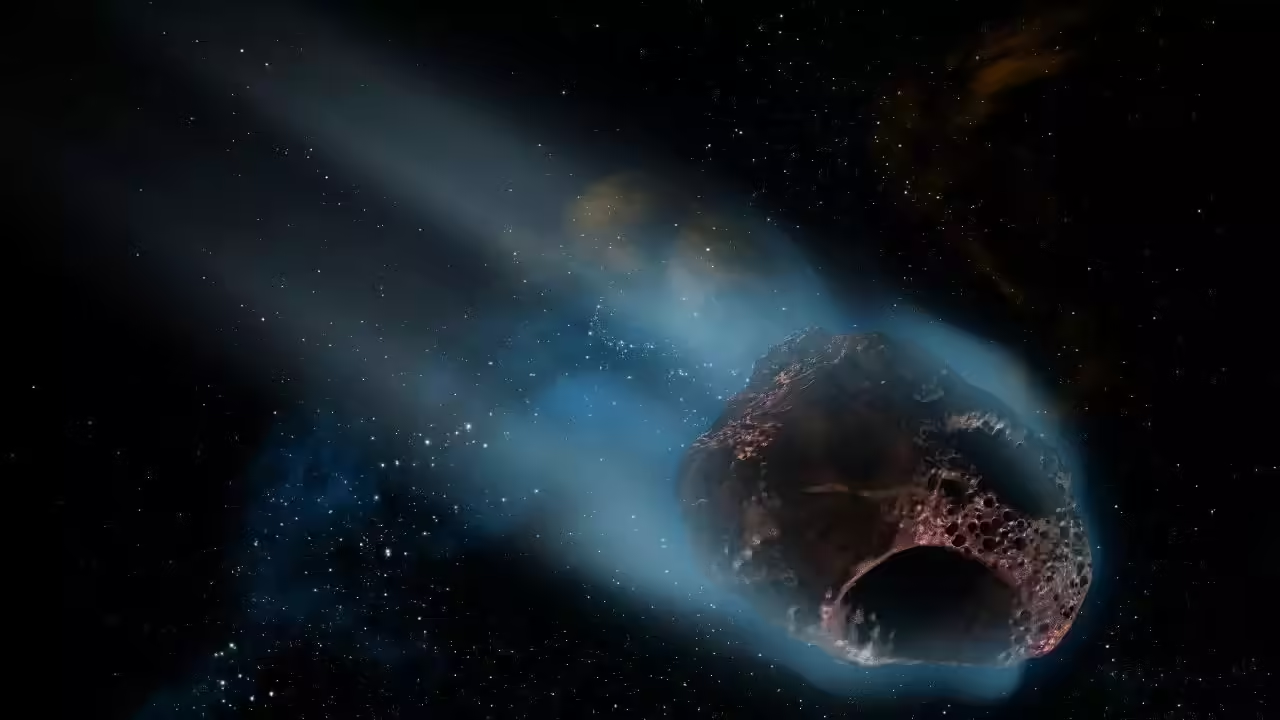
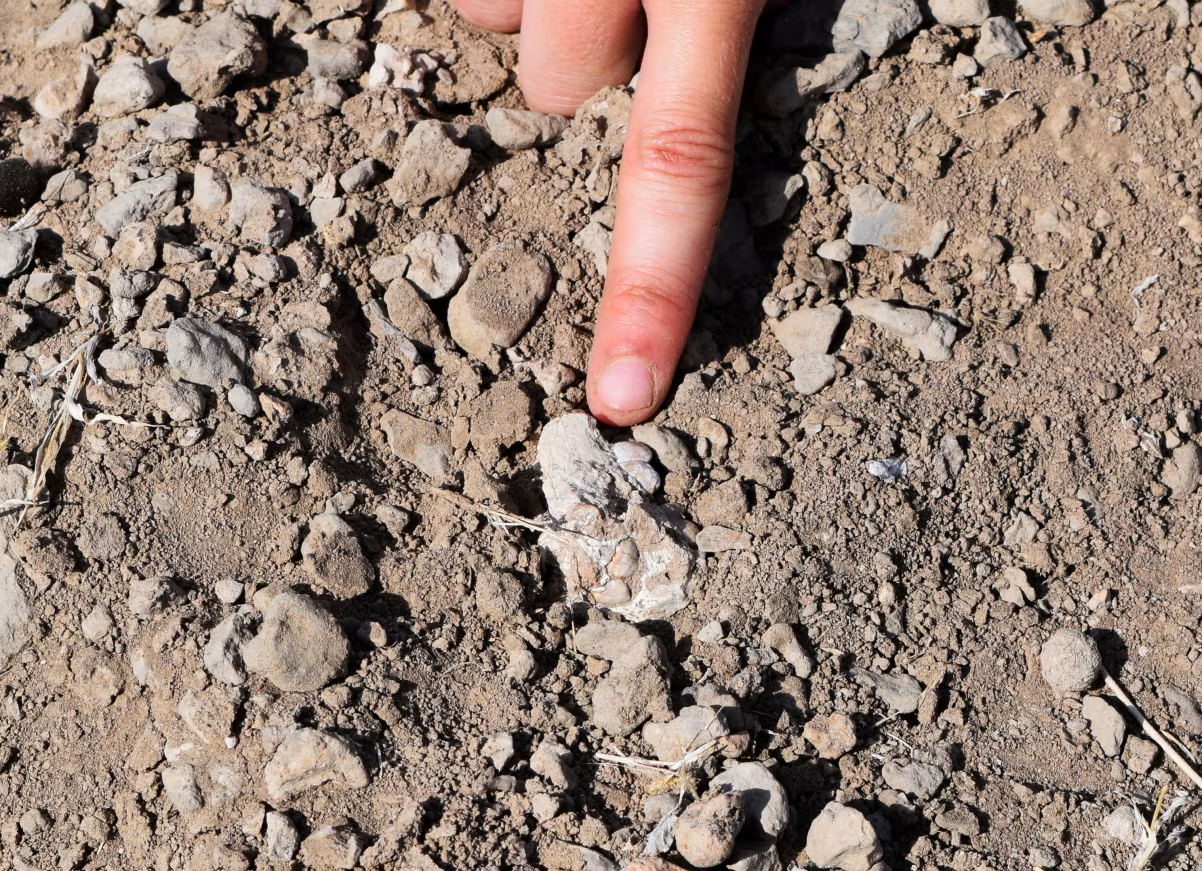
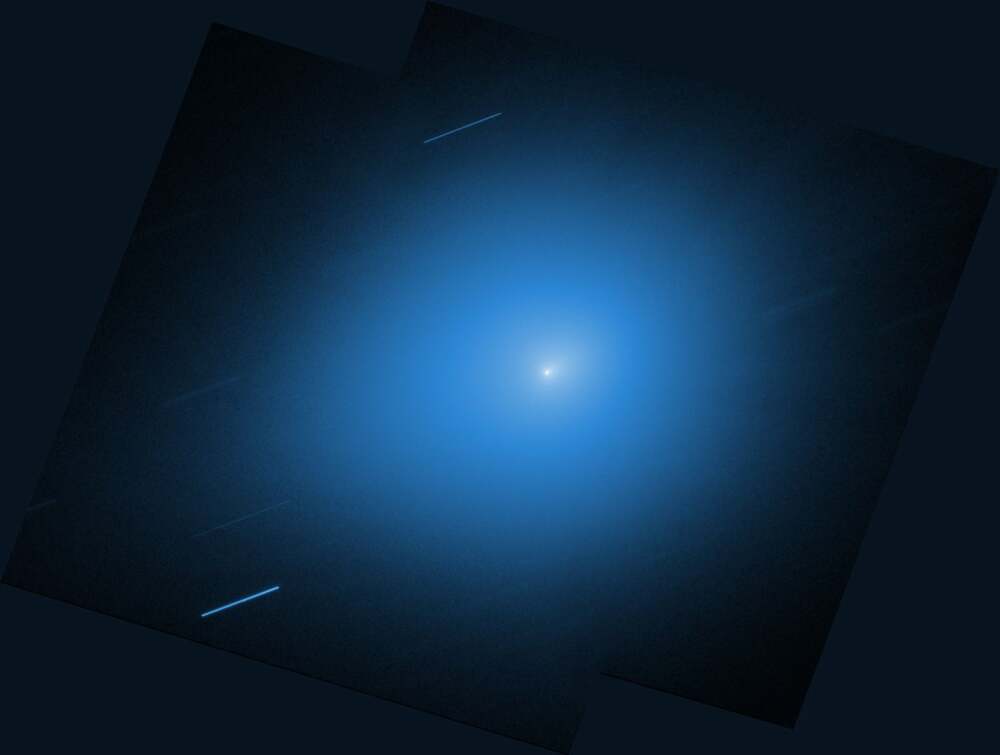
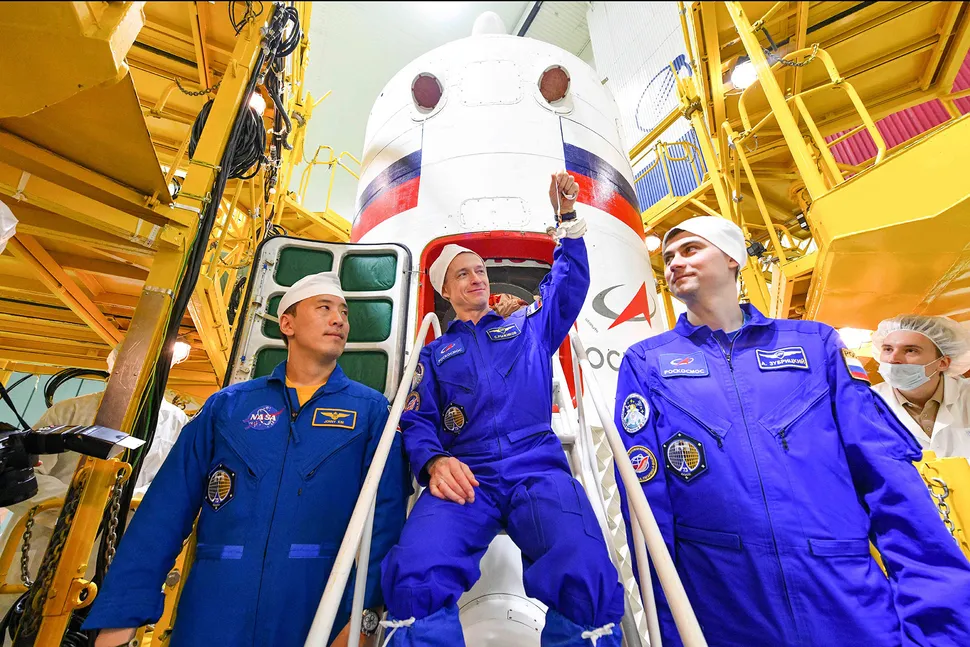
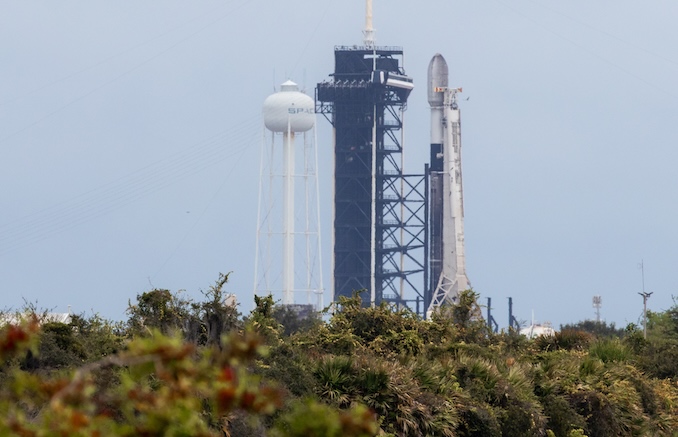
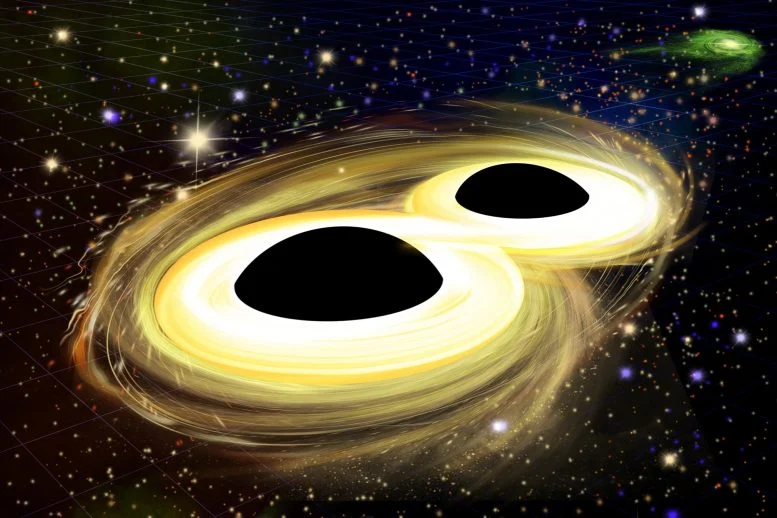

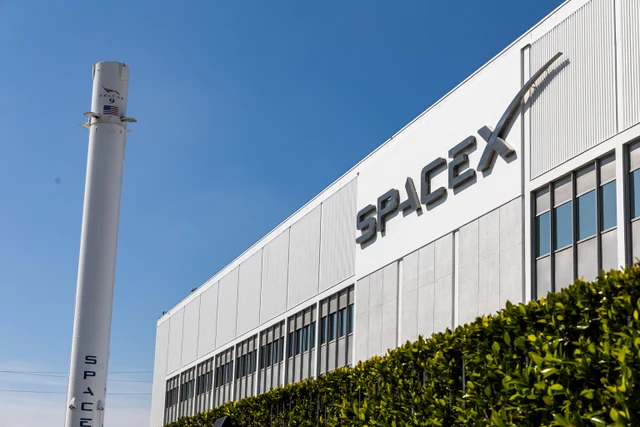

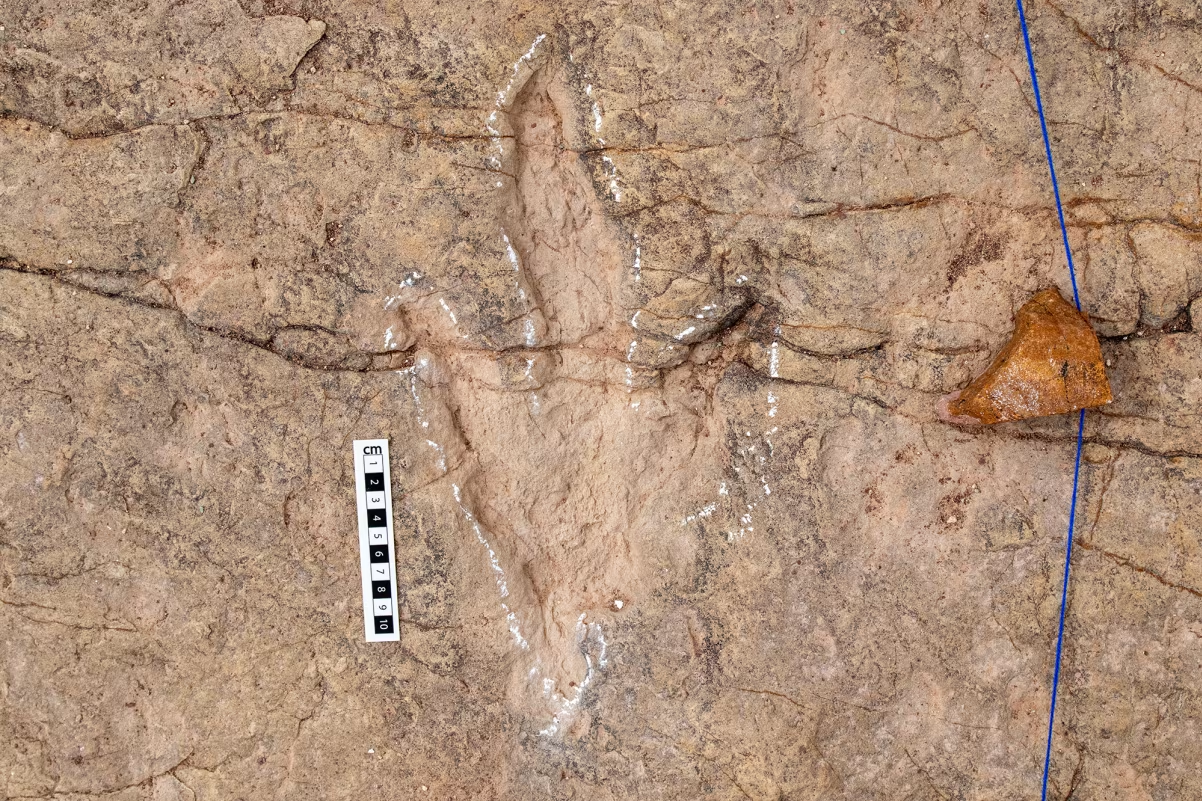
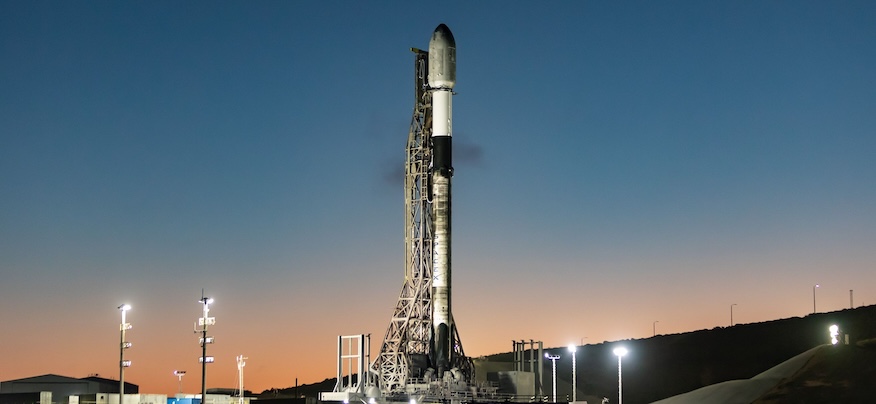




Leave a Reply